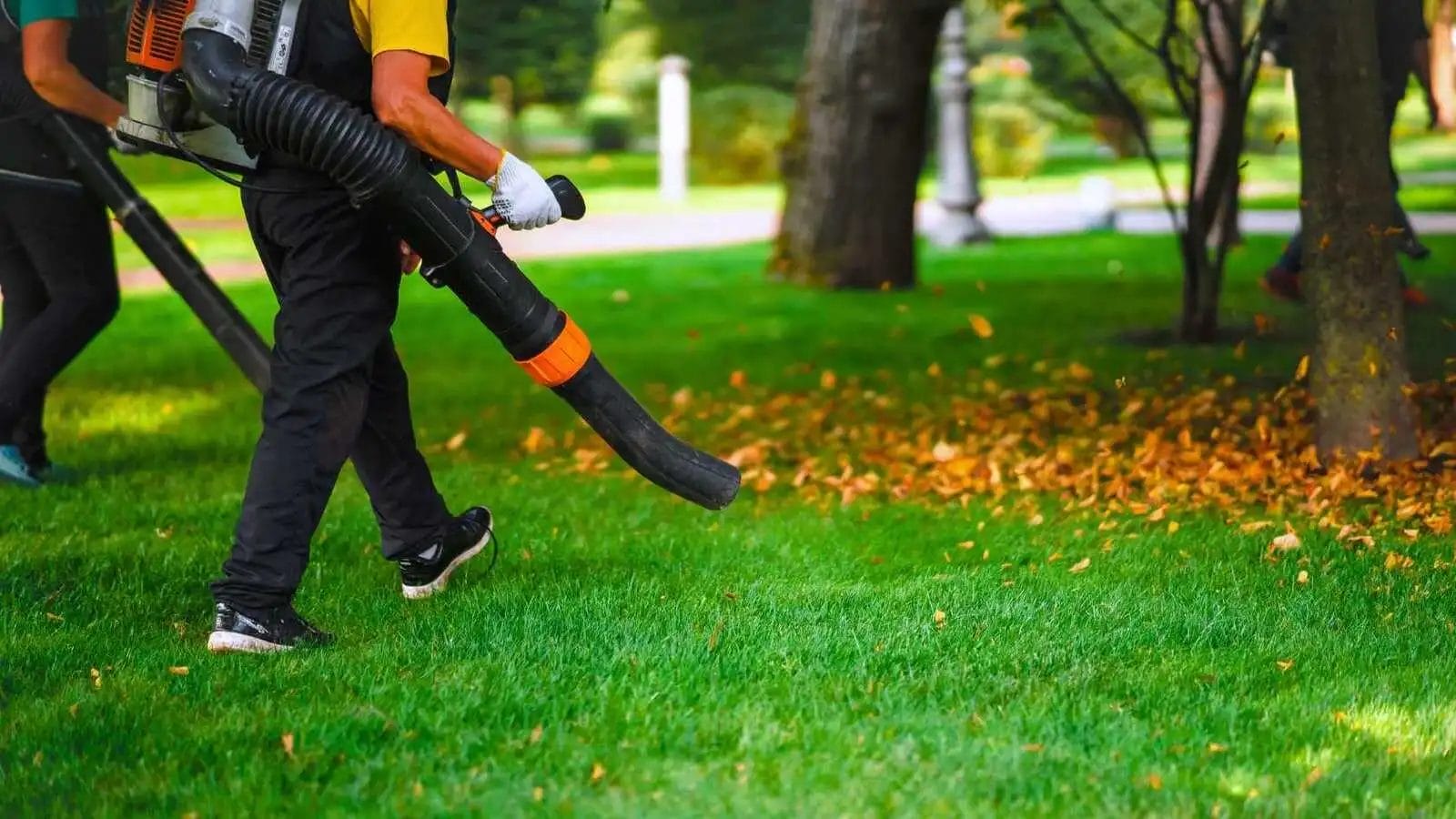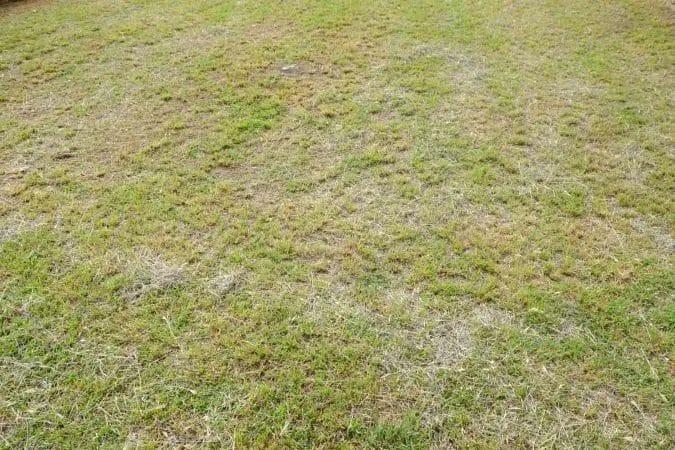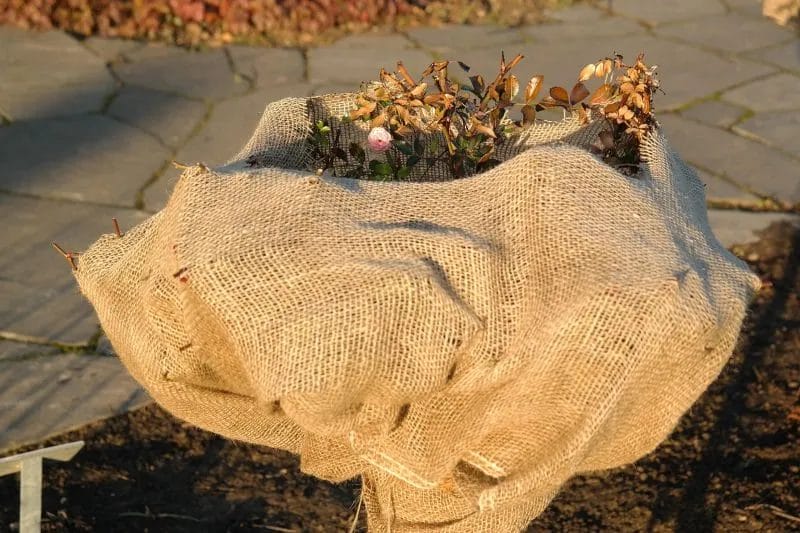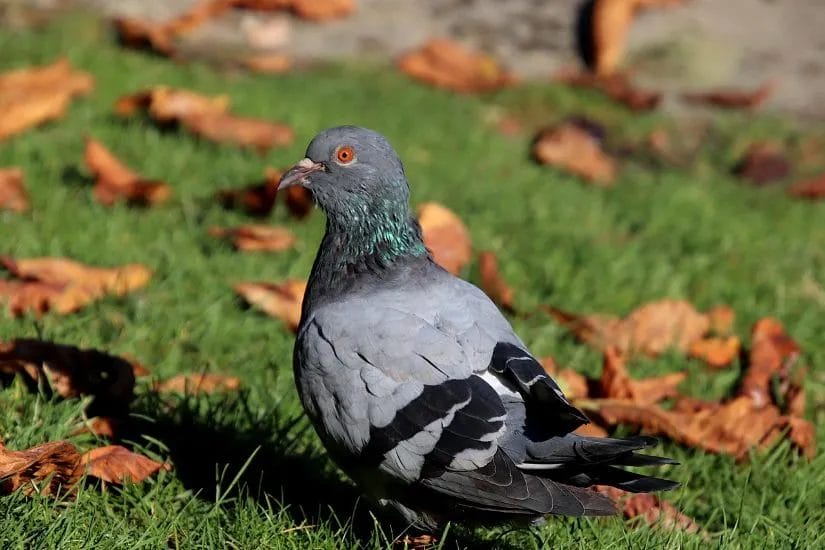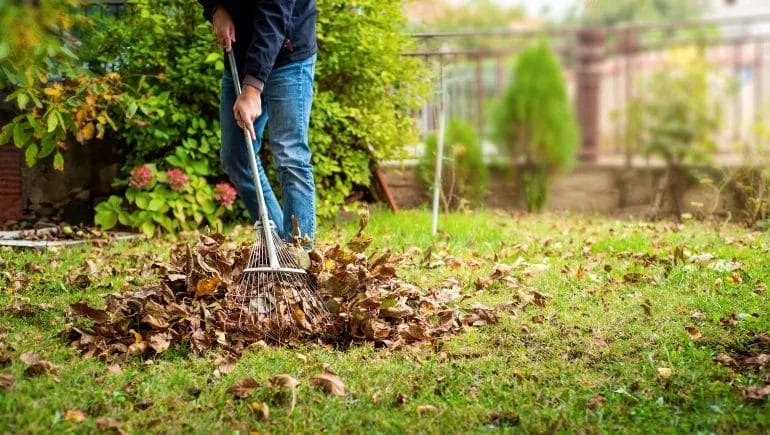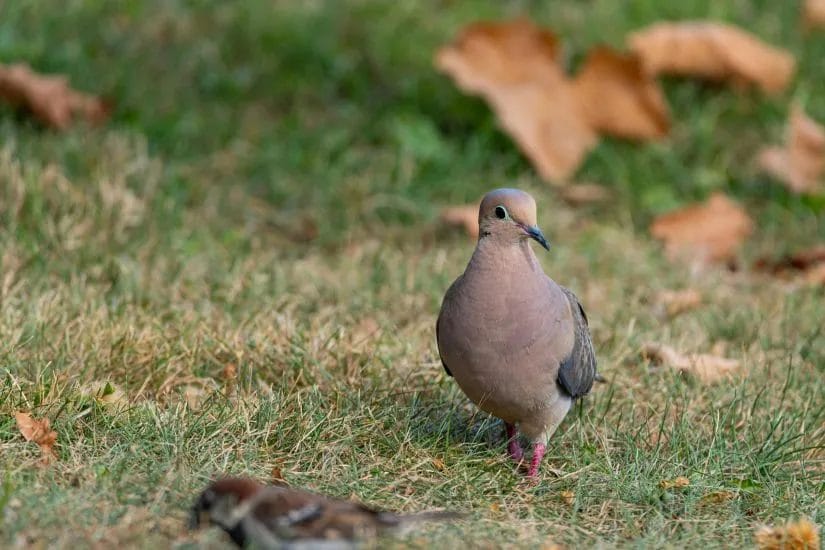
Summer lawn problems and solutions for common turf challenges start here: you’ll learn to diagnose brown patches, thinning, weeds, compaction, pests, poor drainage, and disease, and apply practical fixes from mowing to targeted treatments. With guidance informed by Smith Brothers Services, Smith Brothers Landscape, and Smith Brothers Tree Services, you can prioritize soil testing, proper irrigation, aeration, overseeding, and selective herbicide or fertilization to restore your lawn and prevent repeat problems.
Diagnosing Brown Patches: Causes and Solutions
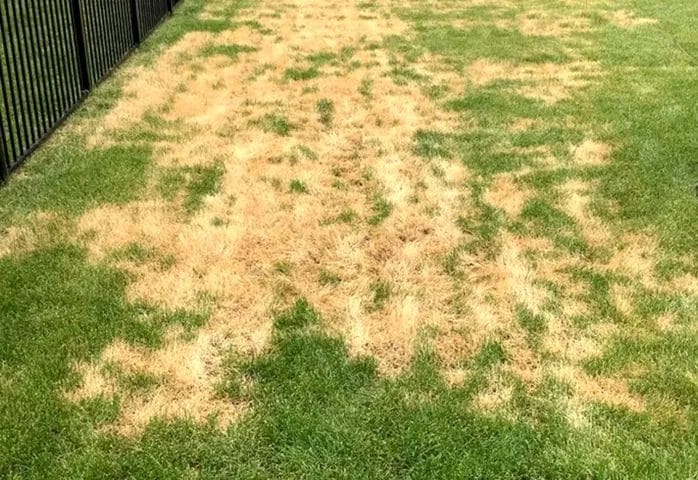
Fungal Infections: Identifying Symptoms and Treatments
Look for circular patches 1–3 feet across with tan centers and darker “smoke ring” margins; pathogens like Rhizoctonia solani (brown patch) thrive at 75–90°F and high humidity. If you spot morning mycelial mats, apply a fungicide such as azoxystrobin or propiconazole and reduce leaf wetness by watering early and improving airflow through pruning. You can call Smith Brothers Services for laboratory diagnosis and scheduled treatments.
Environmental Stress: Recognizing Watering and Sunlight Issues
Check irrigation: most lawns need about 1 inch of water weekly, up to 1.5 inches in peak heat, so you should water deeply twice weekly instead of daily shallow sprays. Warm-season grasses like bermudagrass need 6–8 hours of sun while tall fescue tolerates 3–4 hours; shade, compaction, or misaligned sprinklers cause shallow roots and brown patches—use core aeration, raise mower height, and have Smith Brothers Landscape assess system coverage.
A case study: one homeowner swapped daily 15-minute cycles for two 30-minute sessions and measured roughly 1 inch per week with a cup, producing noticeably deeper roots and fewer brown rings within six weeks. You should aerate annually (spring for warm-season, fall for cool-season), dethatch if the layer exceeds 0.5 inch, and thin overhanging branches—Smith Brothers Tree Services can restore 2–4 extra hours of sunlight to stressed turf.
The Dangers of Weeds: Identification and Eradication
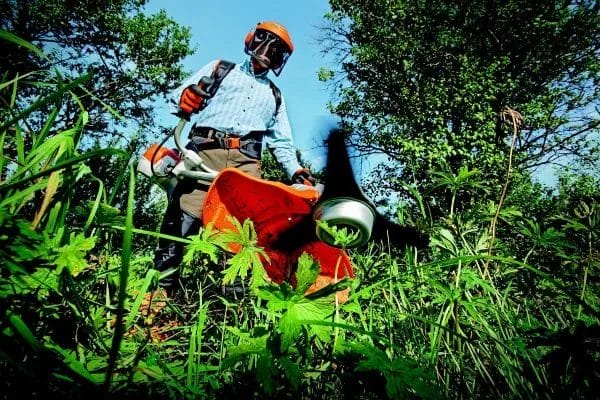
Weeds can reduce turf density by up to 50%, increase irrigation needs by 20–30%, and create hotspots for pests like chinch bugs and grubs. You’ll notice thinning lawns, uneven color, and increased thatch where weeds dominate; addressing species-level ID—dandelion, crabgrass, nutsedge—lets you target control rather than blanket treatment. Smith Brothers Services, Smith Brothers Landscape, and Smith Brothers Tree Services use integrated diagnostics and timed interventions to stop spread and restore turf vigor.
Common Lawn Weeds: Types and Characteristics
Dandelion has a deep taproot and yellow flower; crabgrass is a prostrate summer annual that germinates when soil reaches ~60°F; white clover grows low and fixes nitrogen; nutsedge shows triangular stems and spreads via tubers; plantain has broad, ribbed leaves and a persistent seedbank. After you identify each weed, select controls that match life cycle and growth habit to prevent spread.
| Dandelion | Deep taproot; rosette leaves; single yellow flower |
| Crabgrass | Coarse summer annual; prostrate stems; germinates at ~60°F soil |
| White clover | Three-part leaves; thrives in low-N soils; fixes nitrogen |
| Nutsedge | Triangular stem; fast tuber spread; prefers wet spots |
| Plantain | Broad, ribbed leaves; low-growing; long-lived seedbank |
- Hand-pull taproots after rainfall for easier removal and to reduce regrowth.
- Apply pre-emergent herbicide early spring when soil temps hit 55–60°F to block annuals.
- Spot-treat broadleaves with selective post-emergents (e.g., 2,4‑D blends) during active growth.
- Raise mowing height to 3–3.5″ and overseed thin areas to outcompete weeds seasonally.
- After you treat, monitor regrowth weekly and reapply targeted treatments as needed.
Effective Weed Control Methods: Chemical vs. Organic
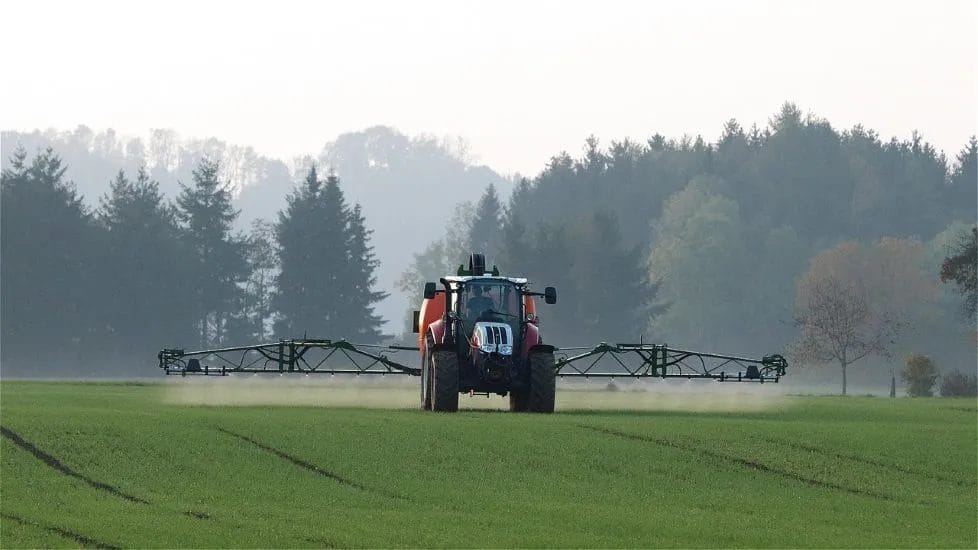
Selective chemical herbicides (2,4‑D, dicamba, prodiamine) often deliver 60–80% faster reduction of target weeds when timed properly; organic options—corn gluten meal, iron-based contact herbicides, manual removal—reduce environmental impact but typically provide 30–60% prevention or control. You should match method to weed biology, apply according to label, and consider professional calibration from Smith Brothers Services or Smith Brothers Landscape for spot or large-scale applications.
Pre-emergent treatments applied before soil reaches 55°F can prevent germination of many summer annuals for 8–12 weeks; reapply per label or after heavy irrigation events. Post-emergent systemic products work best on actively growing broadleaves—apply at 65–75°F for optimal uptake. You can combine chemical or organic spot control with cultural tactics—aeration, proper fertility, and overseeding—to reduce future weed pressure; if tree roots or shade complicate recovery, have Smith Brothers Tree Services assess root competition and coordinate with Smith Brothers Landscape for integrated remediation.
Grubs and Pests: Unseen Threats to Your Lawn’s Health
Look for irregular brown patches, spongy turf that lifts like a carpet, and increased digging by raccoons or skunks—these often signal root-feeding grubs or beetle larvae working underground. You can pull back a section of sod and inspect the top 2–3 inches of soil; finding 8–10 grubs per square foot usually justifies treatment. Smith Brothers Services and Smith Brothers Landscape recommend routine checks in late summer when larvae are small and most vulnerable.
Signs of Infestation: How to Spot Grubs and Insects
Yellowing that progresses to brown in irregular shapes, soggy-feeling turf, and birds or mammals tearing turf are common above-ground clues. Lift a 1 sq ft patch to count white C-shaped grubs near roots; heavy grub pressure often coincides with diminished root mass and drought-like stress despite normal watering. Note timing too—Japanese beetle larvae peak in late summer while chinch bugs show damage in hot, dry spells.
Natural and Chemical Solutions: Best Practices for Pest Management
Adopt an IPM approach: monitor populations, use biological controls like Heterorhabditis bacteriophora or Steinernema species and milky spore for Japanese beetle, then apply targeted insecticides if thresholds are exceeded. Preventive products such as chlorantraniliprole or imidacloprid applied in late spring protect roots; curatives like trichlorfon act quickly on established grubs. Smith Brothers Tree Services can help choose timing and products that minimize non-target impact.
For biologicals, apply nematodes at dusk with soil temperatures between 50–85°F and keep soil moist for 48 hours—this maximizes host contact; typical commercial nematode mixes are applied per label rates calibrated to square footage. Preventive chemistry (chlorantraniliprole) often provides season-long control when applied before egg hatch; curatives (Dylox/trichlorfon) deliver knockdown within 48–72 hours but may require follow-up. Spot-treat only affected zones, rotate active ingredients to limit resistance, and coordinate with services like Smith Brothers Services or Smith Brothers Landscape for accurate diagnosis, proper application equipment, and to protect pollinators and beneficial insects.
Nutrient Deficiencies: Feeding Your Lawn Right
Run a soil test every 2–3 years to get exact N-P-K and pH numbers, then tailor feeding rather than guessing; aim for ~1 lb N per 1,000 sq ft per application, totaling 2–4 lb N/yr for cool‑season grasses and 3–5 lb N/yr for warm‑season varieties. Split applications and use slow‑release sources to reduce burn and runoff. If you need testing or a program, Smith Brothers Services offers lab analysis and customized schedules.
Identifying Nutrient Deficiencies: Symptoms to Watch For
Uniform yellowing starting at blade tips and reduced growth usually signals nitrogen deficiency; purple or dark bluish tints on cool‑season turf often indicate low phosphorus; brown scorching along leaf edges and weak root systems point to potassium shortage; interveinal chlorosis on new leaves signals iron deficiency. Check soil pH — most turf prefers 6.0–7.0 — since micronutrient uptake falls off outside that range; send a sample to Smith Brothers Landscape for confirmation if visual signs persist.
Choosing the Right Fertilizer: Organic vs. Synthetic Options
Organic fertilizers (compost, blood meal ~12‑0‑0, feather meal ~13‑0‑0) feed soil biology and release slowly, improving long‑term structure but requiring larger quantities; synthetics (urea 46‑0‑0, ammonium sulfate 21‑0‑0) correct deficiencies quickly but carry higher burn and runoff risk. You should favor slow‑release organics for routine maintenance, reserve quick‑release synthetics for fast green‑up, and limit each application to ~1 lb N/1,000 sq ft while avoiding forecasted heavy rain; contact Smith Brothers Tree Services for product selection and timing.
For specifics, use compost or a commercial organic with at least 50% slow‑release nitrogen for summer maintenance, and keep phosphorus applications only if soil tests show deficiency (many soils already contain ample P). Split applications (two or three per season) reduce leaching; cool‑season lawns respond best to heavier fall feeds, warm‑season lawns to late‑spring through mid‑summer schedules. Smith Brothers Services has case studies showing better color and reduced runoff after switching clients to split, slow‑release programs paired with periodic soil testing.
Soil Compaction: The Silent Saboteur of Growth
Heavy foot traffic, lawn equipment, and parking on turf crush soil particles, reducing pore space by up to 50% in some yards; you’ll notice shallow roots, slow drainage, and patchy growth where roots can’t penetrate, a pattern Smith Brothers Landscape and Smith Brothers Tree Services encounter regularly during assessments.
Symptoms of Compacted Soil: How to Recognize the Problem
You can identify compaction by hard, dense soil that resists a screwdriver—if it won’t penetrate past 2–3 inches, roots will struggle. Expect pooling for over 24 hours, thin turf with roots under 2 inches, worn traffic lanes, and slowed recovery after mowing; Smith Brothers Services documents these signs during routine lawn audits.
Aeration Techniques: Restoring Airflow and Drainage
Core aeration with hollow tines that extract 2–3 inch plugs restores pore space and improves water infiltration; aerate cool-season lawns in fall and warm-season lawns in late spring, and plan treatments every 12–36 months based on traffic. Smith Brothers Landscape pairs aeration with overseeding and light topdressing for faster recovery.
Mechanical core aerators remove 2–3 inch plugs at 2–4 inch spacing; avoid spike aerators that can compact deeper layers. You can rent a walk-behind core aerator for $60–100/day, but hiring Smith Brothers Services ensures correct depth, overlapping passes, overseeding at 3–5 lbs per 1,000 sq ft, and plugs breaking down in 2–4 weeks with daily watering for 7–14 days to establish seed.
Maintenance Pitfalls: Common Mistakes and Best Practices
Mowing Techniques: Optimal Height and Frequency
Set your mower height to match grass type: cool-season grasses at 2.5–3.5 inches, warm-season at 1–2.5 inches, and never remove more than one-third of blade length per mow. Mow every 5–7 days during peak growth and every 10–14 days in slow seasons; sharpen blades after ~25 hours of use to avoid tearing. Leave clippings as mulch most of the time, and follow recommendations from Smith Brothers Services to avoid scalping and stress that invite weeds and disease.
Seasonal Lawn Care: Timing Your Treatments for Maximum Effect
Plan treatments by calendar and soil temperature: apply pre-emergent herbicide when soil hits ~55°F for several days (early spring), fertilize cool-season lawns 3–4 times/year (early spring, late spring, early fall, late fall), and schedule aeration/overseeding in early fall. Smith Brothers Landscape, recommends coordinating tree work with lawn care and using Smith Brothers Tree Services for dormant pruning to minimize summer stress on turf adjacent to trees.
For a detailed seasonal plan, monitor local soil temps and apply 0.5–1.0 lb of nitrogen per 1,000 sq ft per feeding for warm-season turf and about 1.0 lb N/1,000 sq ft for cool-season lawns; use a pre-emergent 2–3 weeks before expected crabgrass germination, core-aerate in Sept–Nov for cool-season sites, then overseed at 3–5 lbs/1,000 sq ft with a starter fertilizer. Smith Brothers Services often pairs aeration and overseeding with targeted pest scouting after heavy rains to reduce fungicide needs.
Summing up
Ultimately you can diagnose and remedy common lawn issues by observing symptoms, adjusting watering and fertilization, aerating, overseeding, treating pests and diseases, and using proper mowing and soil care; when problems persist, rely on professional support like Smith Brothers Services, Smith Brothers Landscape, and Smith Brothers Tree Services to restore your lawn’s health and value.
